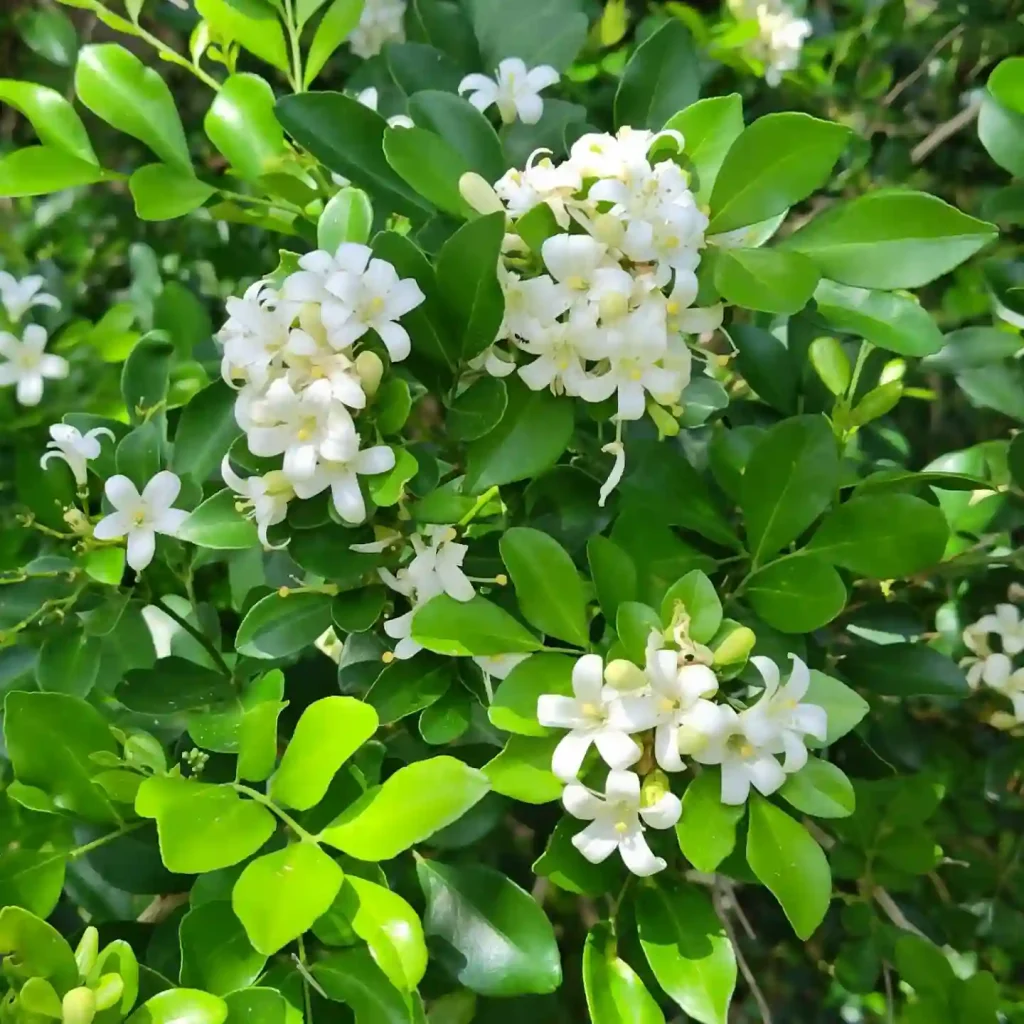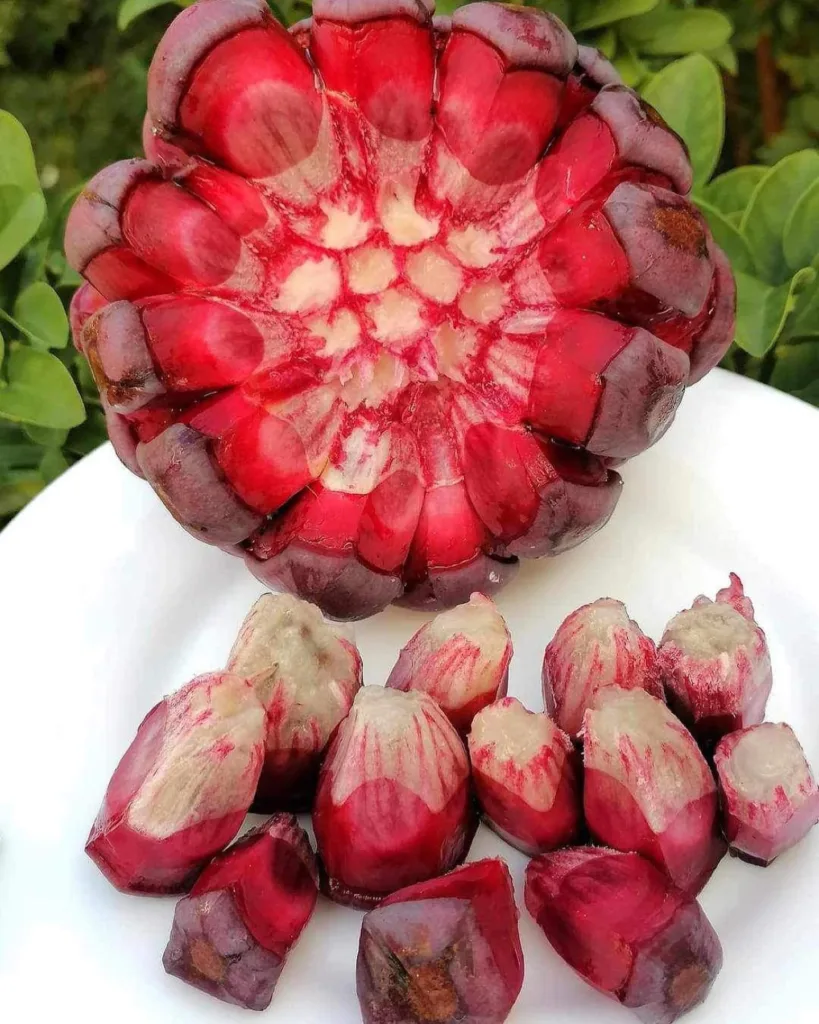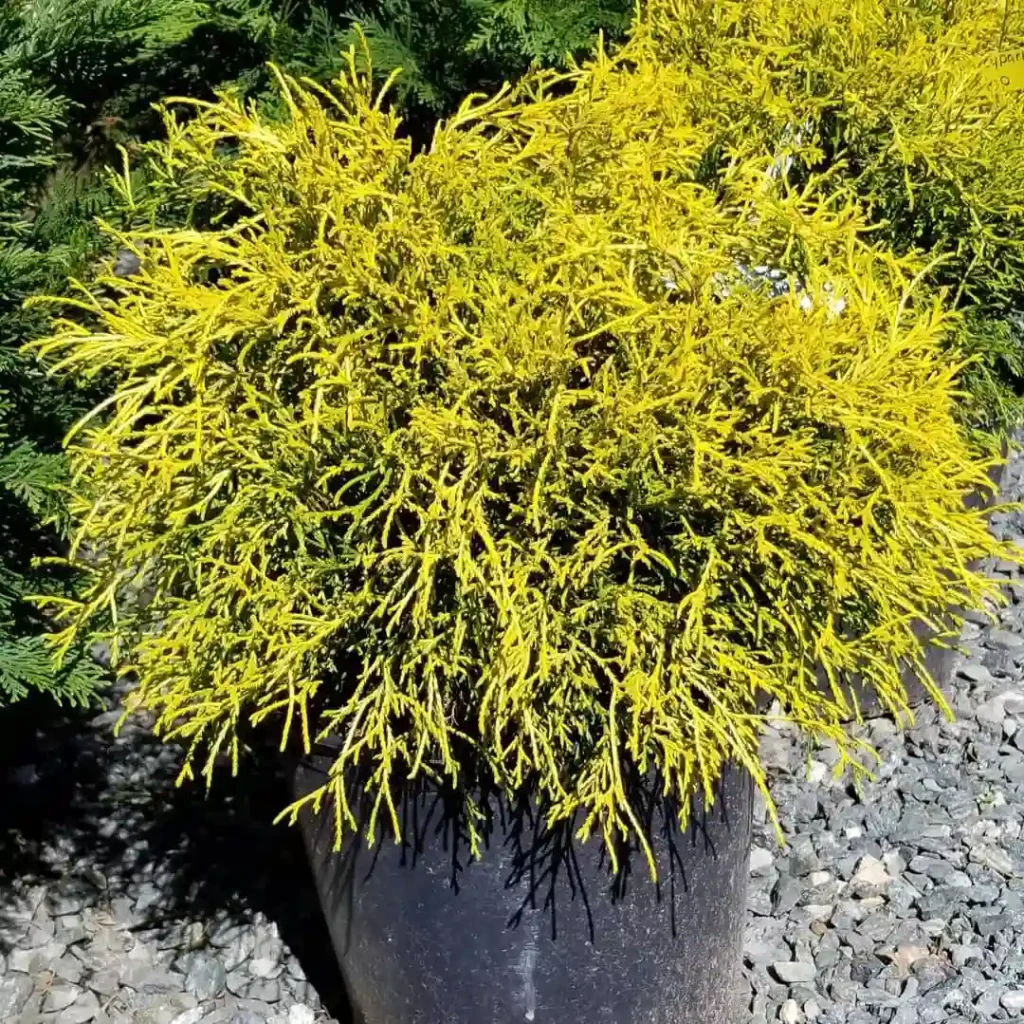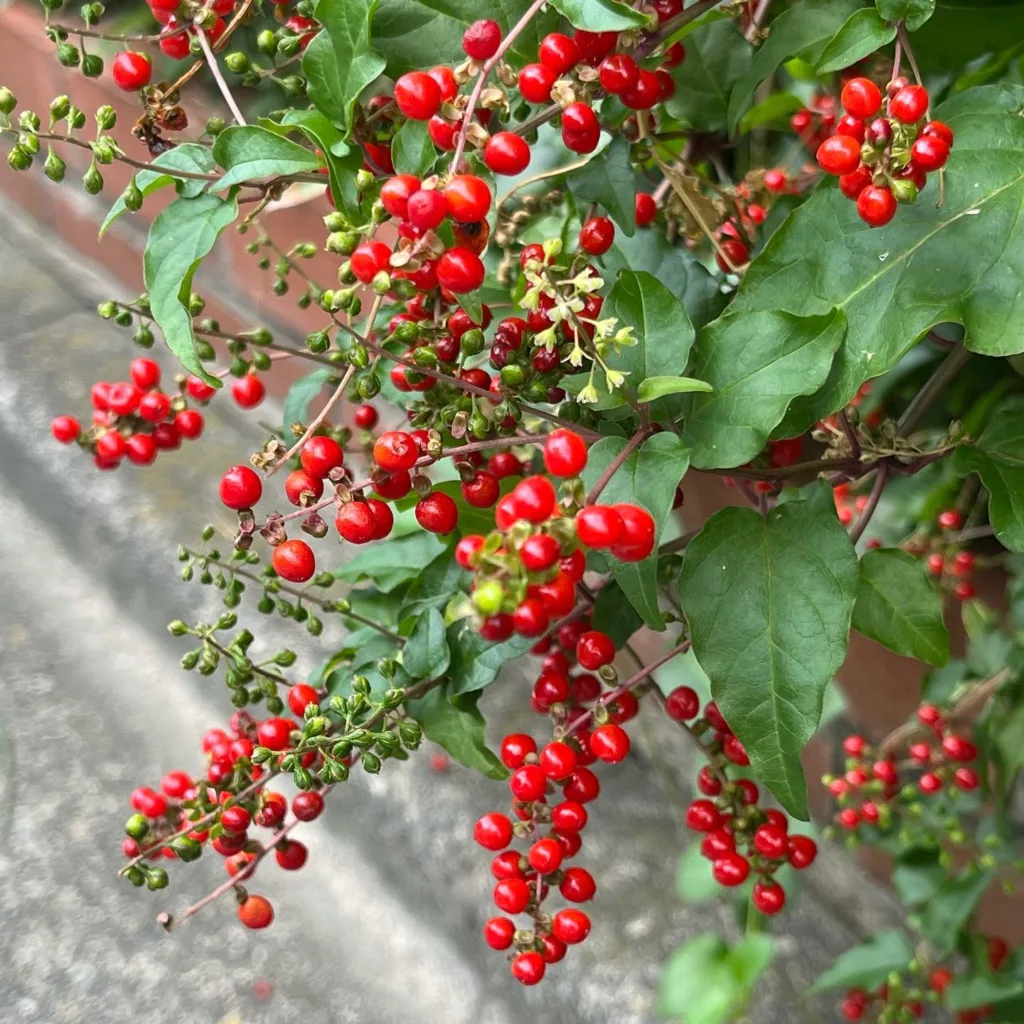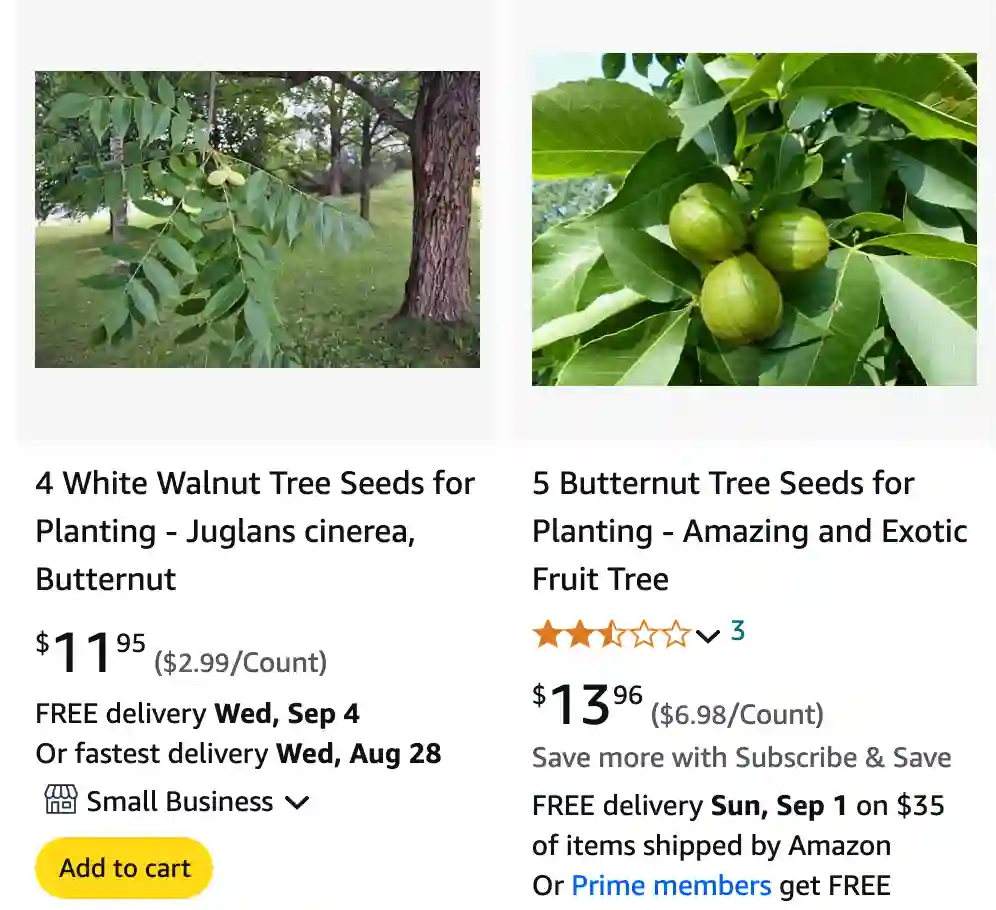
Butternut Tree: Your Ultimate FAQ Guide
When it comes to choosing trees for your garden, the Butternut Tree often piques interest. From its distinctive appearance to its unique characteristics, this tree is quite fascinating. In this guide, I’ll answer some of the most frequently asked questions about the Butternut Tree, including its growth requirements, potential issues, and how it compares to similar species.
22 Species in Genus Juglans
What Is a Butternut Tree?
The Butternut Tree (Juglans Cinerea) is a deciduous tree native to North America. It belongs to the walnut family and is known for its high-quality wood and edible nuts. It’s a medium-sized tree that typically grows between 40 and 60 feet tall, with a spread of 30 to 50 feet. Its leaves are large and pinnate, and it produces greenish-yellow flowers that turn into distinctive, ribbed nuts encased in a green husk.
What Does a Butternut Tree Look Like?
The Butternut Tree has a distinctive appearance that sets it apart. It features a broad, rounded crown and a light gray, furrowed bark. The leaves are compound, consisting of 11 to 17 leaflets arranged alternately along a central stem. In fall, these leaves turn a lovely yellow color before dropping. The nuts are oval and covered in a green, fuzzy husk that splits open to reveal the smooth, light brown nut inside.
Can You Eat Butternut Tree Nuts?
Yes, you can eat Butternut Tree nuts! They are edible and have a somewhat sweet, buttery flavor. However, the nuts are encased in a tough shell that can be challenging to crack. Some people find the flavor and texture of Butternut nuts to be a bit milder compared to other walnuts, but they are still a delightful treat when properly prepared.
How to Grow a Butternut Tree?
Growing a Butternut Tree requires a bit of patience, but it can be a rewarding experience. Here’s a basic guide to help you get started:
- Location: Choose a spot with full sun to partial shade. Butternut Trees prefer well-drained, fertile soil.
- Planting: Plant your tree in the spring or fall. Space it at least 30 feet away from other trees to allow for its broad canopy.
- Watering: Keep the soil consistently moist, especially during dry periods. Avoid waterlogging, which can lead to root rot.
- Pruning: Prune the tree in late winter to shape it and remove any dead or diseased branches.
Can a Butternut Tree Kill Raspberries?
Butternut Trees do not directly harm raspberries, but their dense canopy can create shade that might inhibit raspberry growth. Additionally, the Butternut Tree’s extensive root system can compete with raspberries for nutrients and water. If you plan to grow raspberries near a Butternut Tree, consider providing them with additional light and space to mitigate these issues.
Can I Grow a Butternut Tree in Colorado?
Growing a Butternut Tree in Colorado is possible, but it can be challenging. The tree prefers a more temperate climate and may struggle with the state’s harsh winters and dry conditions. If you’re determined to grow one, ensure you provide adequate water and consider planting it in a sheltered location to protect it from extreme weather.
Can I Have a Butternut Tree in Illinois?
Yes, Butternut Trees are well-suited to Illinois’ climate. The tree thrives in the state’s rich, well-drained soils and moderate temperatures. If you live in Illinois, you should be able to grow a healthy Butternut Tree with proper care.
Butternut Tree vs Black Walnut
When comparing the Butternut Tree to the Black Walnut (Juglans nigra), several differences stand out:
- Appearance: The Black Walnut has a darker, more rugged bark and produces nuts with a rougher texture compared to the smoother Butternut nuts.
- Flavor: Black Walnuts have a stronger, more pungent flavor compared to the milder, buttery taste of Butternut nuts.
- Growth: Black Walnuts tend to be larger and grow faster than Butternut Trees. They are also more tolerant of different soil types.
How to Care for a Butternut Tree?
Caring for a Butternut Tree involves regular maintenance to ensure its health and vitality:
- Watering: Keep the soil moist but not waterlogged.
- Fertilizing: Apply a balanced fertilizer in early spring to support healthy growth.
- Mulching: Use mulch around the base of the tree to retain moisture and suppress weeds.
- Pest Control: Watch for common pests like aphids and scale insects. Regular inspections can help catch issues early.
How to Propagate a Butternut Tree?
Propagating a Butternut Tree is typically done through seeds or grafting:
- Seeds: Collect mature nuts in the fall and store them in a cool, dry place. Plant the seeds in spring after the last frost.
- Grafting: For a faster-growing tree, graft a Butternut Tree scion onto a rootstock. This method requires some skill and experience.
What to Plant With a Butternut Tree?
When planting companions, choose plants that thrive in similar conditions:
- Understory Plants: Shade-tolerant plants like ferns and hostas work well beneath the Butternut Tree.
- Ground Cover: Consider planting ground covers like vinca or creeping thyme to prevent weed growth.
Is It Toxic?
The Butternut Tree is not considered toxic to humans or animals. However, its nuts should be eaten in moderation as part of a balanced diet. If you have pets, keep an eye on them to ensure they don’t ingest too many nuts or other parts of the tree, as large quantities could cause digestive upset.
Common Problems
Some common issues with Butternut Trees include:
- Butternut Canker: A fungal disease that causes lesions on the trunk and branches.
- Pests: Look out for pests such as the Butternut Tree Borer.
Conclusion
The Butternut Tree is a remarkable addition to any garden with its unique appearance and tasty nuts. By understanding its requirements and potential issues, you can ensure that your Butternut Tree thrives and adds beauty to your landscape for years to come. Whether you’re comparing it to other trees or considering growing one in your area, this guide should help you make informed decisions.
If i die, water my plants!
